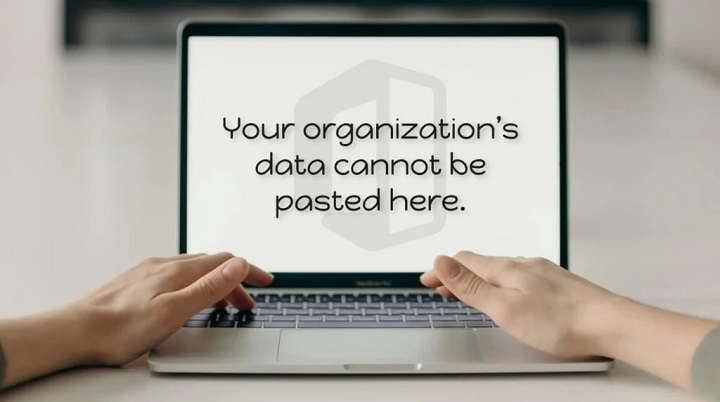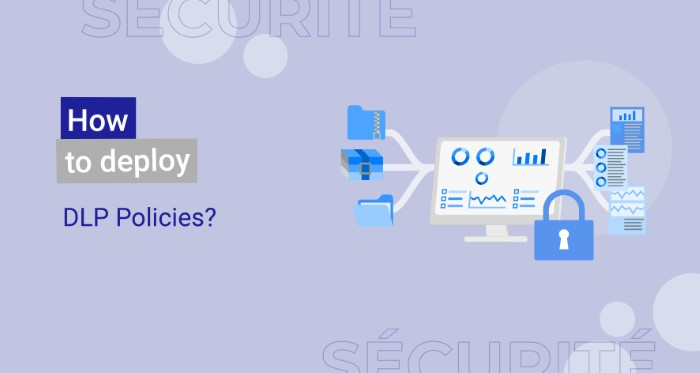If you’ve ever copied something from one place—maybe from an Excel file, an internal dashboard, or even just a shared doc—and then pasted it somewhere else, only to get smacked in the face with a message like “Your organization’s data cannot be pasted here,” then buddy, you are not alone.
Seriously, I’ve been there. You’ve got a deadline, a blinking cursor, and suddenly, Microsoft or Google or whatever cloud-deity you’re worshiping that day decides: Nope, no pasting for you.
It’s the digital equivalent of being handed a sandwich and told you can’t eat it. Infuriating.
But hang tight. We’re gonna unpack this weirdly formal error message, dig into why it happens, and (most importantly) figure out what to do when your copy-paste dreams get squashed by security protocols.
What the Heck Does “Your Organization’s Data Cannot Be Pasted Here” Mean?

Okay, so let’s break down the message: “Your organization’s data cannot be pasted here.”
Sounds all buttoned-up, right? Corporate-speak at its finest.
What it really means is that the system (usually Microsoft 365 or another enterprise software suite) thinks you’re trying to paste company-sensitive info into a place where it shouldn’t go. This could be:
- A personal app (like Notes on your phone)
- An unsecured website
- A document outside your company’s domain
In other words, the system’s like, “Hey… that data belongs to your job, not your weekend blog post.”
Common Places You Might See This Error
Let’s say you’re working in one of these apps:
- Microsoft Outlook or Teams
- OneNote
- Word or Excel (Office 365 versions)
- Intune-managed devices (especially Android and iOS)
- Email apps (especially when copying to Gmail or other personal accounts)
Maybe you’re grabbing a table from a report in Excel and pasting it into WhatsApp to show your friend how swamped you are. Boom—error.
Or maybe you’re switching between your corporate Teams chat and your personal OneNote journal. Error again.
It’s like copy-paste whack-a-mole.
Why Do Organizations Block Data Pasting?
Honestly, it’s not because your IT guy has a personal vendetta against you. (Although, if you’ve ever asked him to fix your printer for the 37th time, who knows?)
Companies are increasingly paranoid (understandably so) about data leakage. With remote work, BYOD (bring your own device) policies, and hybrid setups, it’s ridiculously easy for sensitive info to leak out.
So IT departments set up guardrails using tools like:
- Microsoft Intune (a mobile device management platform)
- Microsoft Purview (for compliance & DLP)
- Conditional access policies
- App protection policies
Think of it as digital fencing. If data is the sheep, these tools are the border collies keeping it from wandering off into the wilderness.
Real-Life Scenarios: How This Affects Everyday Work
Here’s a super relatable one. My friend Karen (yes, real person—no, not that kind of Karen) was working from home. She copied a client’s contact info from a Teams message to add it to her phone contacts. Nope—blocked.
Or my colleague Jake, who was building a report in Excel and tried pasting part of it into Gmail. Denied.
We’ve all hit that wall. And sometimes, it genuinely affects productivity. Especially if you’re juggling tools and trying to keep up with hybrid work madness.
Techie Talk: How Microsoft Intune & DLP Policies Play a Role
Alright, quick nerd-out moment. If you’re not into tech, feel free to skip—but if you’re curious, here’s the tea.
Microsoft Intune is a cloud-based management tool. It lets companies control what apps employees can use, what data they can access, and where that data can go.
Intune lets IT folks create App Protection Policies (APP). These say stuff like:
- You can open data from Outlook in Word—but not in Snapchat.
- You can copy data from Excel—but only paste it into Teams, not WhatsApp.
These policies are often part of a broader Data Loss Prevention (DLP) strategy. And while it might seem Big Brother-y, it’s honestly there to protect both you and the company.
Imagine if someone copied an entire financial report and accidentally pasted it into a public Twitter post. Yeah… that’s a “please pack your desk” moment.
How to Fix or Work Around It (Without Getting Fired)
Now here’s what you really came for: Can you fix this?
Short answer: Sometimes.
Here’s what you can try:
Try Pasting into Another Managed App
Sometimes the block isn’t on copying—just on where you paste. So try pasting into another corporate-approved app. For example:
✅ Paste from Outlook → into OneNote (corporate version)
❌ Paste from Outlook → into Notes (personal iPhone version)
Use a Clipboard App (Cautiously)
This one’s tricky. Some clipboard managers might help “buffer” the data between apps. But use at your own risk—especially if your company monitors installed apps.
Screenshot Instead of Copying Text
When all else fails, a screenshot is your best friend. It’s not always ideal (can’t edit, not searchable), but sometimes it’s the only way to “show” the info when pasting fails.
Ask IT to Whitelist the App
If there’s a legit need for you to copy-paste between two apps, escalate it. IT might be able to tweak the policy or offer a workaround.
Don’t just sit there steaming—talk to the folks in charge.
What to Do If You’re an IT Admin
Okay, if you’re reading this with your sysadmin cap on, you’ve probably got people pinging you all day about this issue.
Here’s what you can do:
✅ Review Your App Protection Policies
- Make sure they’re not overly restrictive. Sometimes a default setting is too harsh and blocks basic, legitimate tasks.
✅ Set Up Exception Rules
- You can allow pasting between certain “safe” apps or during specific time windows.
✅ Communicate With End Users
- Send out a quick FAQ or internal doc explaining what the error means and how to handle it. People panic less when they understand the “why.”
✅ Monitor and Adjust
- Track which apps are causing the most friction and adjust policies as needed. Remember: Security shouldn’t get in the way of getting stuff done.
Long-Term Solutions & Best Practices
If this is a recurring issue in your org, maybe it’s time to zoom out and look at the bigger picture. Ask:
- Are we overprotecting?
- Are employees using personal devices because our company devices suck?
- Are we training our staff enough on secure behavior?
Sometimes the solution isn’t more rules—it’s better tools and better training.
Also, think about investing in secure apps that offer better integration across the board. Microsoft’s own ecosystem tends to play nicer with itself than with outsiders (shocker!).
Look, we all just wanna do our jobs. Nobody wakes up and thinks, “I’d like to be blocked from pasting a paragraph today.” But between corporate security, privacy policies, and the sheer chaos of modern hybrid work, these kinds of things happen.
The message “Your organization’s data cannot be pasted here” is annoying. But it’s not random. It’s trying (sometimes clumsily) to protect data.
So the next time you see it, take a breath. Try a workaround. Or screenshot it and send it to IT with a polite-but-firm “Help me, please?”


